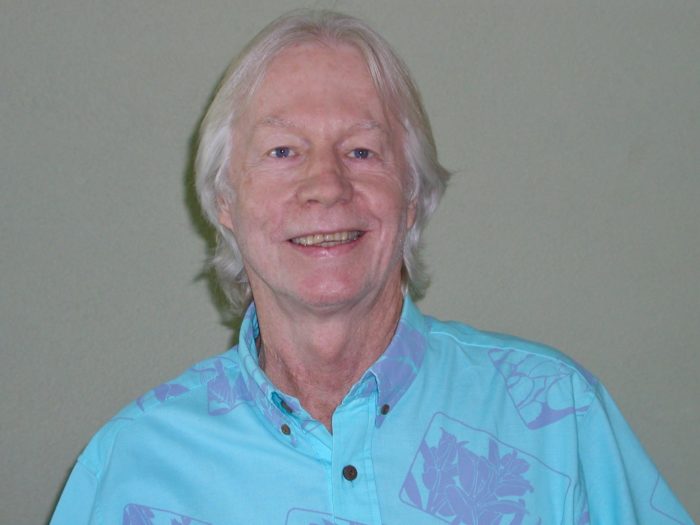
I hope this finds you and all those that you care about safe and well. When I look back on 2020, it is hard to believe that it has only been about eight months since the start of the COVID-19 pandemic. For me, the necessity to be constantly aware of the need to protect myself and others has changed many of my normal routines, and the impact on our communities is evident whenever I am out running errands. Even without COVID-19, 2020 would have been a remarkable year for Hale Kipa. It included our 50th Anniversary celebration, and the creation of a new logo that is appropriate for the location of our new campus on Old Fort Weaver Road.
The year also included the Grand Opening and occupancy of the Harry and Jeannette Weinberg Youth Services Center, and we had our first ever fundraiser, the Pā`ina. Within days of our Grand Opening, COVID-19 sent the state into a sheltering-in-place model. The agency was faced immediately with converting a portion of our services to tele-health, although a number of our core services remained open and have been throughout the pandemic. These services include Emergency Shelter, HLAC, YO!, and our Transitional Living Program.
It is a testimony to the flexibility of not only the organization, but to our staff, that we were able to mobilize rapidly and adapt to an extraordinary set of events and circumstances. It is important to acknowledge our staff’s tremendous efforts to stay connected to the youth, young adults, and families that we are privileged to serve. But that was not without a sense of anxiety, uncertainty, and fear. When the pandemic began, none of us had any idea what to expect, although it was clear that it was no longer “business as usual”. What follows are the thoughts and feelings of some of the staff members about the past year, and their reflections of what that experience has been like, not only for them, but the agency as a whole. As always, our staff is our most valuable resource, and we sincerely appreciate everything they did, have done, and will do to assure that our vulnerable, often disenfranchised, and marginalized population continues to receive services during these critical times.



